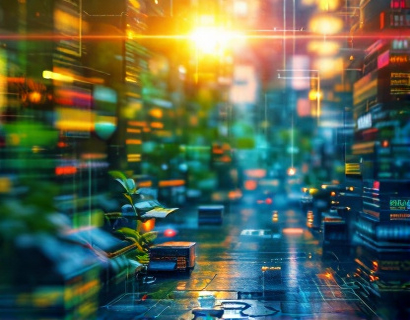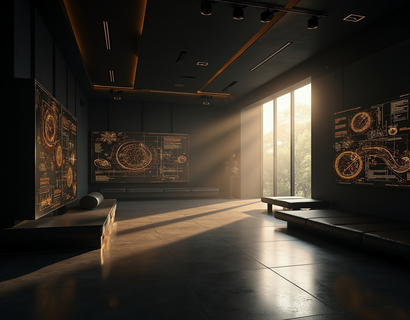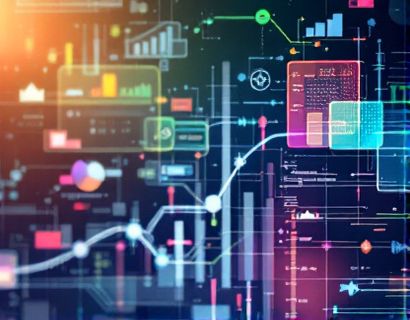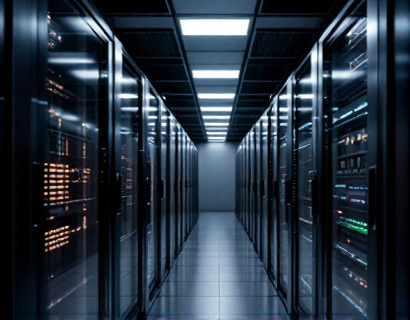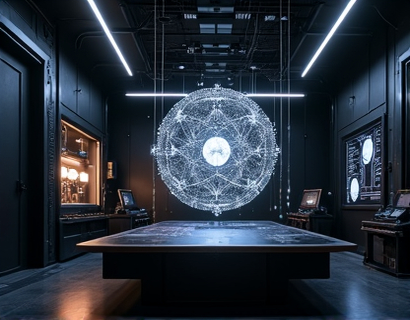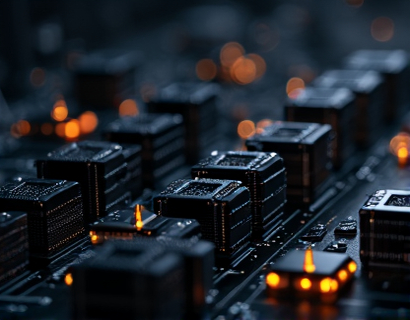Maximize Your Indoor Garden: Advanced Tech for Optimal Solarium Ecosystems
In the quest for a thriving indoor garden, the integration of advanced technology plays a pivotal role in transforming light, climate, and automation into a symbiotic ecosystem that ensures optimal plant growth and sustainability. This article delves into the cutting-edge solutions that can elevate your indoor gardening experience, creating a high-tech garden oasis where technology and nature seamlessly converge. By leveraging innovative technologies, gardeners can tailor their environments to meet the specific needs of their plants, resulting in unparalleled growth and sustainability.
Understanding the Basics of Indoor Gardening Technology
Indoor gardening has evolved significantly with the advent of advanced technologies designed to mimic and enhance natural conditions. The core components of a sophisticated indoor garden system include artificial lighting, climate control, and automation. Each of these elements works in concert to create an optimal environment for plant growth.
Artificial lighting is crucial in indoor gardens, especially for those located in areas with limited natural sunlight. LED grow lights have become the preferred choice due to their energy efficiency and ability to emit specific spectra of light that are most beneficial for different stages of plant growth. These lights can be customized to provide the exact light conditions required by various plants, from seedling to flowering stages.
Climate control involves managing temperature, humidity, and air circulation within the indoor garden. Advanced systems use sensors and smart controllers to maintain ideal conditions, ensuring that plants receive the right amount of moisture and air flow. This not only promotes healthy growth but also prevents diseases that can arise from improper environmental conditions.
Automation is the backbone of a modern indoor garden, streamlining tasks and reducing the need for manual intervention. Automated systems can control lighting schedules, adjust climate settings, and even monitor nutrient levels in the soil or hydroponic solutions. This level of control allows gardeners to focus on other aspects of their garden, knowing that their plants are being cared for efficiently.
Optimizing Light for Plant Growth
The quality and quantity of light are critical factors in indoor gardening. Different plants have varying light requirements, and using the right type of lighting can significantly impact growth rates and overall health. LED grow lights are highly adaptable, offering a range of spectra that can be adjusted to suit specific plant needs.
For example, blue light is essential during the vegetative stage, promoting leaf growth and strong stems. As plants transition to the flowering stage, a higher ratio of red light becomes beneficial, stimulating blooming and fruit production. Advanced LED systems can simulate these natural light cycles, ensuring that plants receive the optimal light spectrum at the right times.
Additionally, the intensity of light must be managed to prevent photodamage or insufficient light for photosynthesis. Smart lighting systems can adjust brightness based on the plant's growth stage and the distance from the light source, providing a dynamic and responsive lighting solution.
Creating the Perfect Climate
Maintaining the right climate within an indoor garden is as important as providing adequate light. Temperature and humidity levels must be carefully controlled to support healthy plant growth. Extreme temperatures can stress plants, while improper humidity can lead to issues like mold and pest infestations.
Advanced climate control systems use a combination of sensors and smart controllers to monitor and adjust conditions in real-time. These systems can detect slight changes in temperature and humidity, activating heating, cooling, or dehumidification as needed. For instance, during hot summer months, an automated system can activate fans or misting devices to lower the temperature and increase humidity, mimicking a natural environment.
Air circulation is another critical aspect of climate control. Proper air movement helps prevent the buildup of stagnant air, which can lead to disease. Fans and air circulators can be integrated into the system to ensure consistent air flow, promoting robust plant health.
Automation: The Key to Efficient Gardening
Automation is the linchpin of a high-tech indoor garden, offering unparalleled convenience and efficiency. By automating routine tasks, gardeners can save time and ensure that their plants receive consistent care. Automated systems can be programmed to perform a wide range of functions, from lighting and climate control to nutrient delivery and pruning.
One of the most significant benefits of automation is the ability to create customizable schedules. For example, lights can be set to turn on and off at specific times, simulating a natural day-night cycle. Climate control systems can be programmed to adjust settings based on the time of day or the growth stage of the plants. This level of customization ensures that each plant receives the exact conditions it needs to thrive.
Nutrient delivery systems can also be automated, providing plants with the right amount of nutrients at the right times. These systems can be connected to soil or hydroponic sensors that monitor nutrient levels, automatically dispensing fertilizers as needed. This not only optimizes plant growth but also reduces the risk of over- or under-fertilization.
Tailored Solutions for Unique Needs
Every indoor garden is unique, with different plants having specific requirements. Advanced technology allows for tailored setups that meet these individual needs, ensuring optimal growth and sustainability. By understanding the specific requirements of each plant, gardeners can create customized environments that maximize productivity.
For instance, some plants require higher humidity levels, while others thrive in drier conditions. Advanced climate control systems can adjust humidity levels on a plant-by-plant basis, creating microclimates within the garden. Similarly, different plants may need varying light intensities and spectra, which can be achieved with adjustable LED lighting systems.
Automation plays a crucial role in creating these tailored environments. Smart sensors and controllers can detect the specific needs of each plant, adjusting conditions accordingly. This level of precision ensures that no plant is left behind, fostering a diverse and thriving indoor garden.
Sustainability in Indoor Gardening
Sustainability is a key consideration in modern indoor gardening. Advanced technologies not only enhance plant growth but also promote environmentally friendly practices. Energy-efficient LED lights, for example, consume significantly less power than traditional grow lights, reducing the overall carbon footprint of the garden.
Water conservation is another critical aspect of sustainable gardening. Hydroponic and aeroponic systems, when combined with automated nutrient delivery, can reduce water usage by up to 90% compared to traditional soil-based gardening. These systems recirculate water and nutrients, ensuring that plants receive exactly what they need without waste.
Additionally, the use of renewable energy sources, such as solar panels, can further enhance the sustainability of indoor gardens. By powering the garden's systems with clean energy, gardeners can minimize their environmental impact while enjoying the benefits of advanced technology.
Future Trends in Indoor Gardening Technology
The field of indoor gardening technology is rapidly evolving, with new innovations on the horizon. One promising area is the integration of artificial intelligence (AI) and machine learning. AI can analyze data from various sensors to optimize growing conditions, predict plant needs, and even detect potential issues before they become problematic.
Another exciting development is the use of vertical farming techniques, which maximize space utilization in urban environments. Vertical gardens can be designed to stack plants in layers, making use of vertical space and increasing the overall yield. This approach is particularly beneficial for those with limited floor space.
Biotechnology is also playing a role in indoor gardening, with the development of genetically modified plants that are more resilient and productive. These plants can thrive in controlled environments, reducing the need for extensive climate control and pest management.
Conclusion
Advanced technology has revolutionized indoor gardening, offering gardeners the tools to create optimal environments for their plants. By leveraging sophisticated lighting, climate control, and automation systems, individuals can achieve unparalleled growth and sustainability. Tailored solutions ensure that each garden meets its unique needs, while sustainable practices minimize environmental impact. As technology continues to advance, the future of indoor gardening looks brighter than ever, promising a new era of gardening innovation and success.




